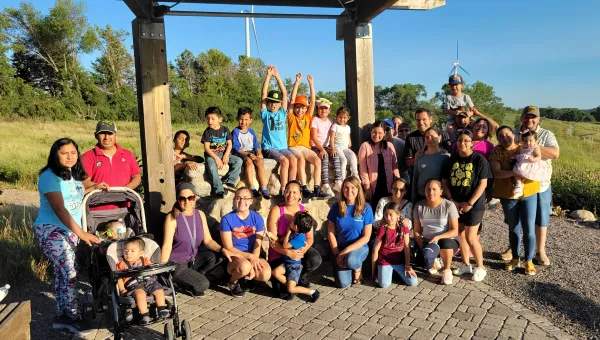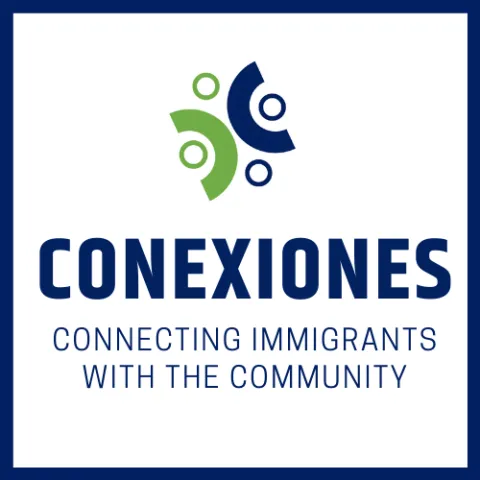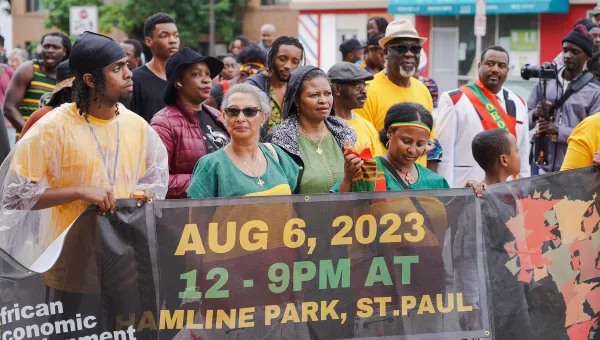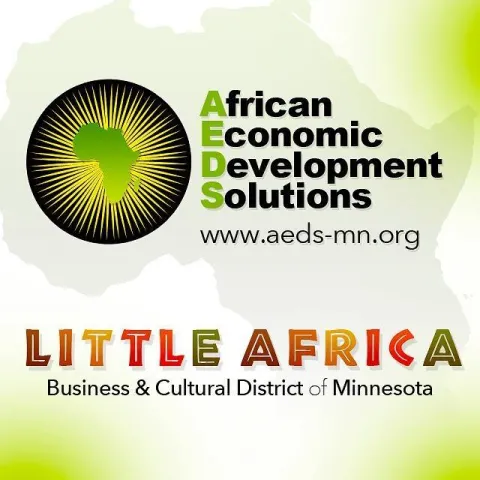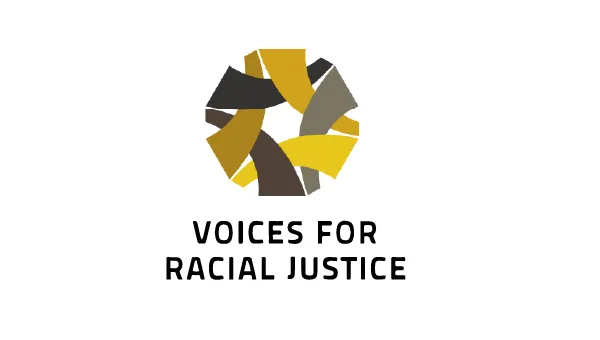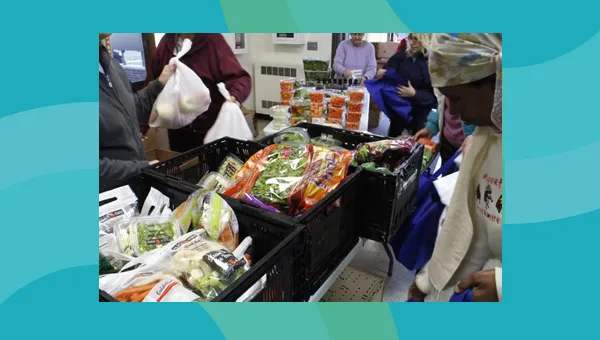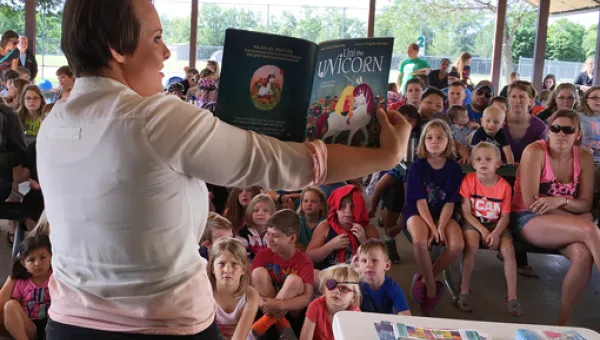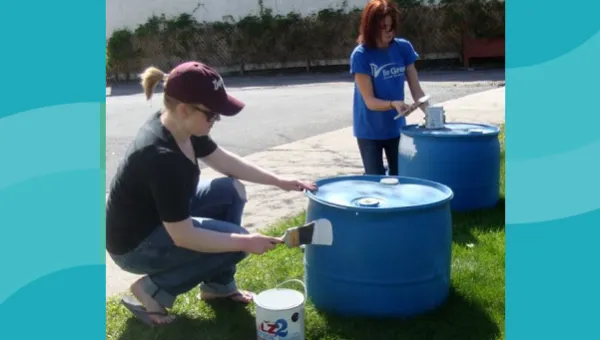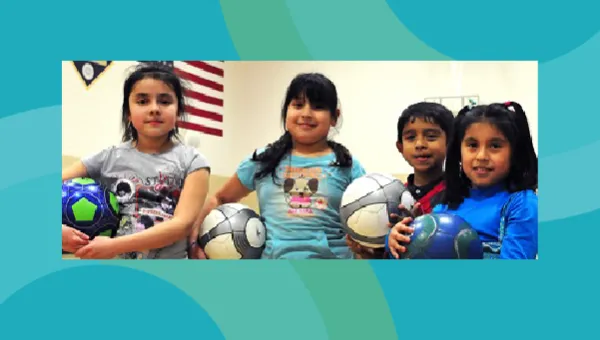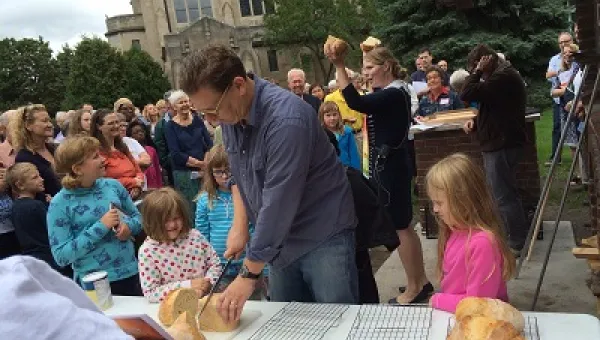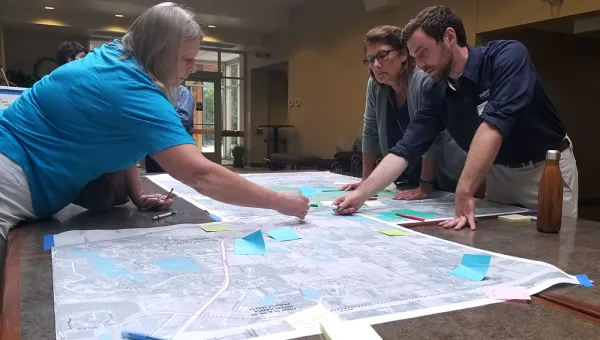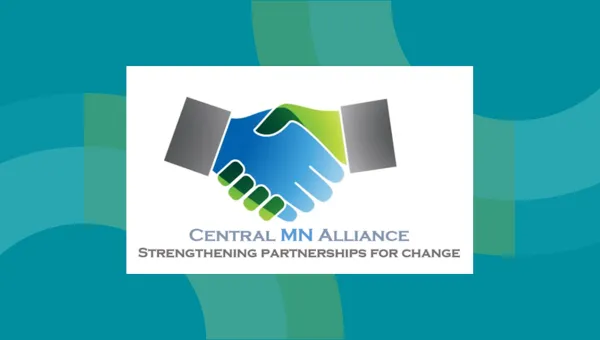Who uses the data
Uncovering local needs
Making connections with immigrant communities
Making strides for Minnesota's African immigrant communities
Teaching about poverty's impact, one community at a time
Sharing the narrative of Minnesota's BIPOC communities
Using data to help end hunger in greater Minnesota
Advance Thief River measures quality of life
Investing in entrepreneurs to transform neighborhoods from within
Data pinpoints county needs
Neighbors helping neighbors–everybody benefits
Initiating conversations on policy and partnerships in Phillips neighborhood
Building a bread oven to feed neighbors
Standing up for art in North Minneapolis
Using demographics for parks and trails planning
Understanding a community's needs by learning more about its residents
Aligning stories and facts to get a clearer picture
Using data to develop a strategic action plan
How are you using Minnesota Compass data? Whether it's for strategic planning, policymaking, community organizing, advocacy, or other ways, we hope you'll share your story to inspire others!
